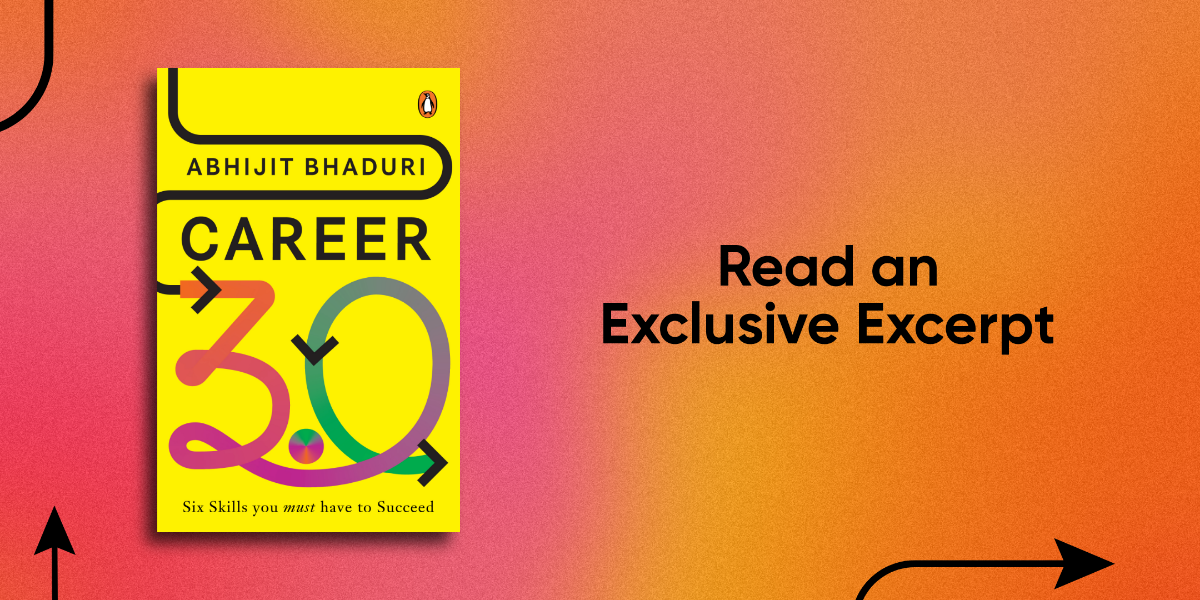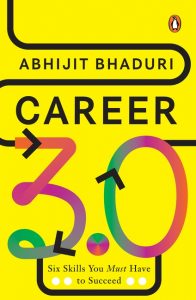Welcome to Bengaluru, where the excitement of tech meets the search for love. Authors Malini Goyal and Prashant Prakash spotlight the experiences of young entrepreneurs, as they navigate the city’s startup culture and dating platforms. Gear up to unravel the complexities of modern dating in Bengaluru and find out whether this city, known for delivering everything on tap, can also deliver the elusive emotion of love.
Let the unboxing begin!

***
From coffee to condoms, this city of young techies can deliver everything on tap.
Well, everything except perhaps love.
I spoke to multiple male founders who are young and single to understand their point of view. On one Sunday in October, I spent a leisurely evening catching up with a well-to-do founder—let’s call him S. Ashwin—in his early 30s. He is an NIT engineer with an Oxbridge MBA. Founded in 2014, his startup had scaled up decently with 300-odd employees. For a long time, his monthly salary was a measly Rs. 60,000. ‘Initially, many women thought since I was a founder, I would be loaded. What they didn’t understand is that all my wealth was on paper,’ he says. Soon, he figured out how to signal correctly for his Tinder dates. He would arrive in his run-down scooter on first dates. Instantly, his conversion rate from first to second date dipped. But then the second to third date conversion rose sharply. ‘The elimination strategy worked,’ Ashwin says.
Whether they are men or women, for founders in general, the initial few years are always hard. They could be working seven days a week, twelve hours a day, with zero vacation time, little money and a rollercoaster life that is constantly on the edge. Consumed by their startup and the all-round pressure, there is little bandwidth for anything else. Such distractions or preoccupations during intimate conversations can be very off-putting. Lack of time for social engagements can be a deal-breaker. Raghav Chakravarthy, thirty-three, cofounder of Walnut Knowledge Solutions, experienced this first-hand. ‘Being an entrepreneur, I was so busy building my startup that I often found myself zoned out during conversations. There wasn’t enough time to build a relationship,’ he says. In 2022, as the startup stabilized, he finally took the plunge and got married.
However, there is a consensus among both men and women that dating platforms have made casual hook-ups very easy but finding love or companionship and building a long-term relationship very difficult. Start with the available pool on the platforms, with its gender and demographic skew. With a strong bias towards younger singles in their twenties, older singles have a tough time finding matches on these platforms.
Beyond this, men and women face different sets of issues. Women like Gowda and others worry about fake profiles, men lying about their relationship status and about falling prey to fraud. Men have very different problems. Many complain about not finding enough matches on dating apps. ‘On dating platforms, conventional attributes like tall, fair men with beards, good cars get many more matches than people like me,’ says pet parent Siddharth Ram. Ram has been using these dating apps for a few years now. He says the ratio on these platforms could be as bad as ten boys to one girl.
His experience on matrimony platforms like BharatMatrimony.com and Shaadi.com has been much better, but they pose another set of problems. ‘Here, I got fifty to sixty matches. It was a great morale booster. But it had another problem. It was the girl’s parents who were the arbiters. So my condition was that I will not talk to parents. The thing with parents is that they just fuck up the entire dating experience. They don’t understand what figuring out is,’ he says. Also, these sites offer filters like horoscope, caste, gotra that often do not resonate with the younger lot. There are others, like IITian Shrrinesh Bala—who is now building his startup Mello—who are looking beyond dating apps. ‘I wasn’t very lucky on dating platforms. So I was surprised by the many interesting profiles I got through matrimony sites like IITIIMShaadi.com,’ he says.
What are these young men and women seeking on these dating platforms and in their relationships? Have things changed at all? It’s a question I ask many young people in the city. Sex and casual hook-ups are obvious. And it isn’t just men seeking it. ‘There is equal desire on both sides. Women are quite comfortable with it,’ says Ram.
For those looking for longer-term relationships, there are many filters, old and new. Like the decision to have kids. It is no longer a given. ‘Many more women today don’t want to have kids and are upfront about it,’ says Ashwin. Similarly, the topic of marriage or cohabitation does come up occasionally. For some, a shared love for pets is important and can be a deal-breaker. ‘In general, I notice that what they want isn’t very clear but what they don’t want is absolutely clear,’ he adds.
***
Get your copy of Unboxing Bengaluru by Malini Goyal and Prashanth Prakash wherever books are sold.












